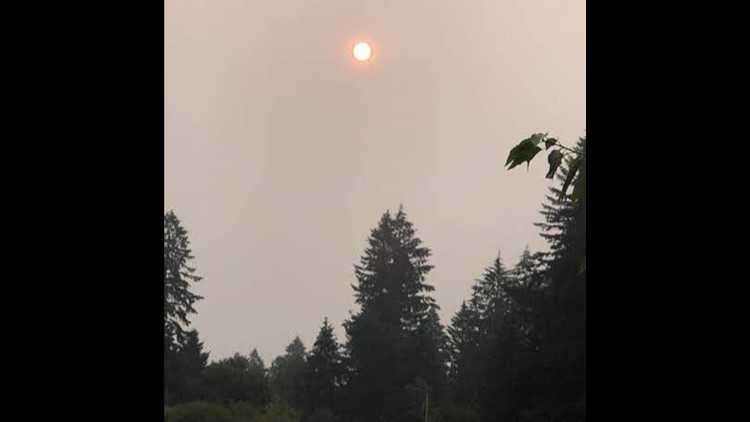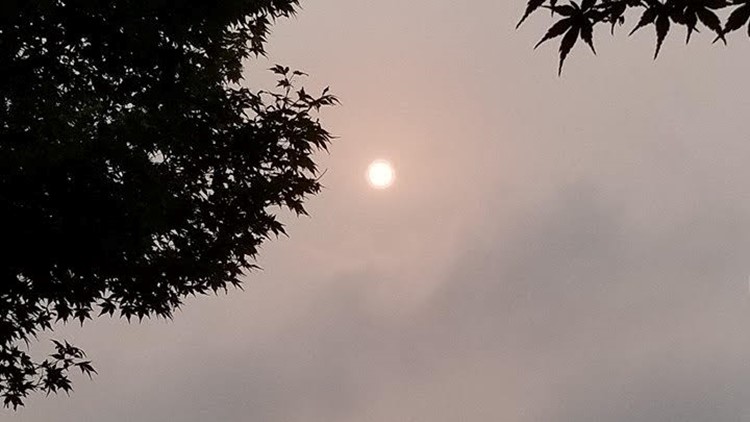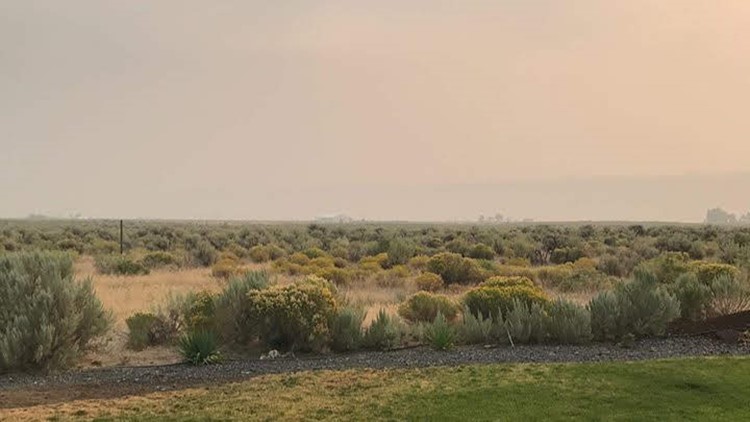PORTLAND, Ore. — An air quality advisory that was in place for days has expired as skies in the Portland metro area cleared Thursday afternoon.
The advisory for central and eastern Oregon is still in place until noon on Friday.
The Air Quality Index in Portland was 18 at 4 p.m. Thursday night, a rating that places Portland in the "good" category. Earlier in the day, Portland's AQI was 163, which was the second-worst of major cities in the world.
Ratings higher than 100 are considered unhealthy for sensitive groups, and a reading higher than 150 is considered unhealthy for everyone. AQI measures how many particles are in the air.
Westerly winds are pushed the smoke out of Portland and brought cooler temperatures.
"There are no more 90-degree days in the forecast for at least a week," KGW chief meteorologist Matt Zaffino said.
Haze from wildfires burning to the north returned to Portland on Sunday and brought poor air quality with it. Portland's air quality index (AQI) has been above 100 (unhealthy for sensitive groups) since Sunday morning.
PHOTOS: Hazy sky in Portland, surrounding areas
The National Weather Service in Portland advises everyone to avoid outdoor activities when the air quality index is above 150 and sensitive groups — people with heart of lung disease, older adults and children — to avoid outdoor activities when the AQI is higher than 100.
The air quality in Portland was unhealthy for much of last week as well.
People should take the following precautions to stay safe during Air Quality Alerts, according to the National Weather Service.
- Be aware of smoke concentrations in your area and avoid the places with highest concentrations.
- Avoid strenuous outdoor activity in smoky conditions.
- If you have heart disease, asthma or other respiratory ailments, or are over 65, you have a higher risk of illness from wildfire smoke.
- Small children and pregnant women are also at increased risk. These residents are encouraged to stay indoors.
- People suffering from asthma or other respiratory problems should follow their breathing management plans or contact their providers.

















